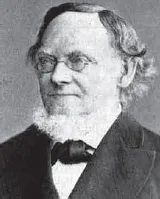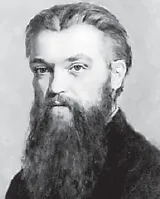
Modern Mathematics and Applications in Computer Graphics and Vision
Hongyu Guo
- 524 pages
- English
- ePUB (adapté aux mobiles)
- Disponible sur iOS et Android
Modern Mathematics and Applications in Computer Graphics and Vision
Hongyu Guo
À propos de ce livre
This book presents a concise exposition of modern mathematical concepts, models and methods with applications in computer graphics, vision and machine learning. The compendium is organized in four parts — Algebra, Geometry, Topology, and Applications. One of the features is a unique treatment of tensor and manifold topics to make them easier for the students. All proofs are omitted to give an emphasis on the exposition of the concepts. Effort is made to help students to build intuition and avoid parrot-like learning.
There is minimal inter-chapter dependency. Each chapter can be used as an independent crash course and the reader can start reading from any chapter — almost. This book is intended for upper level undergraduate students, graduate students and researchers in computer graphics, geometric modeling, computer vision, pattern recognition and machine learning. It can be used as a reference book, or a textbook for a selected topics course with the instructor's choice of any of the topics.
Contents:
-
- Mathematical Structures
- Algebra:
- Linear Algebra
- Tensor Algebra
- Exterior Algebra
- Geometric Algebra
- Geometry:
- Projective Geometry
- Differential Geometry
- Non-Euclidean Geometry
- Topology and More:
- General Topology
- Manifolds
- Hilbert Spaces
- Measure Spaces and Probability Spaces
- Applications:
- Color Spaces
- Perspective Analysis of Images
- Quaternions and 3-D Rotations
- Support Vector Machines and Reproducing Kernel Hilbert Spaces
- Manifold Learning in Machine Learning
Readership: Upper level undergraduate students, graduate students and researchers in computer graphics, geometric modeling, computer vision and machine learning.
Foire aux questions
Informations
PART I
ALGEBRA

(1805 – 1865)

(1839 – 1903)

(1858 – 1932)

(1853 – 1925)

(1809 – 1877)

(1845 – 1879)